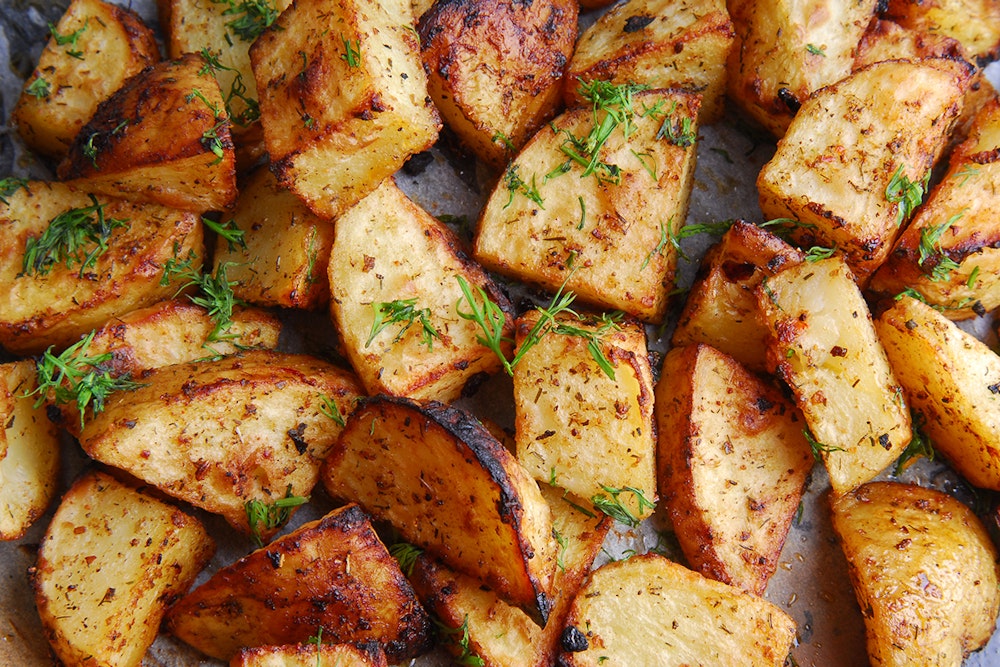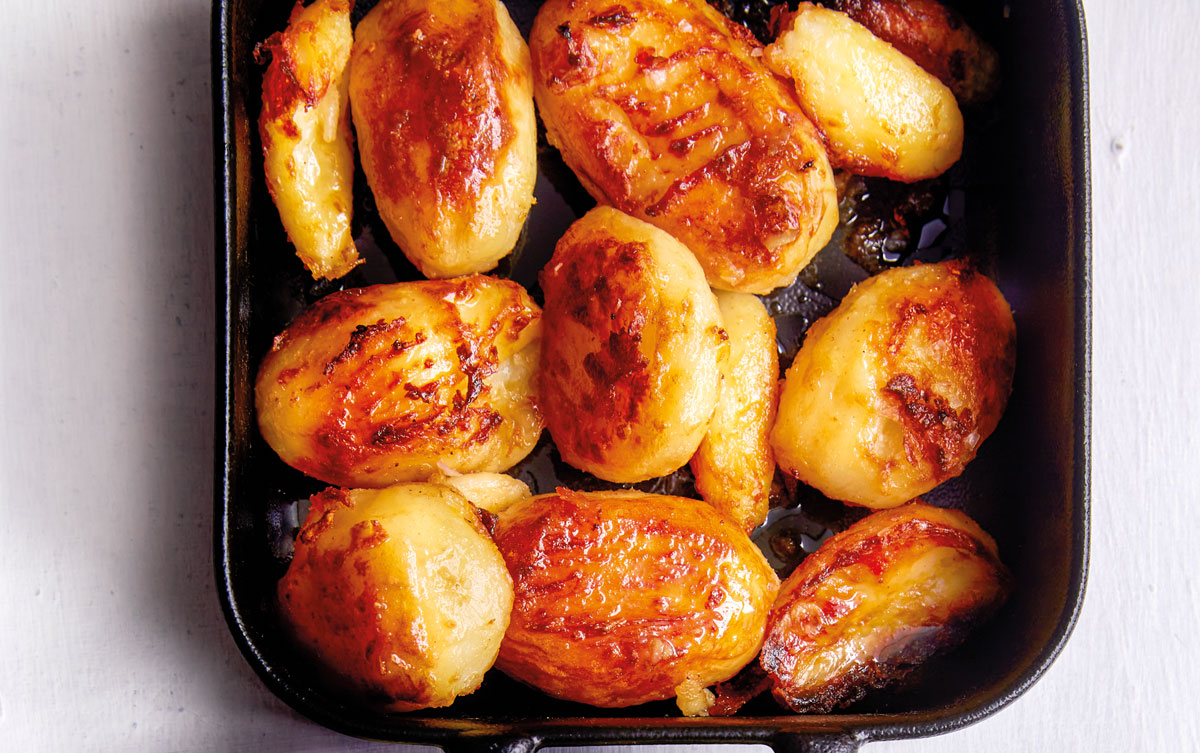Is there an art to crafting the perfect roast, and does the placement of the fat cap hold the key? The simple answer is yes, and the culinary world is divided on this very question, with passionate arguments for both fat-side-up and fat-side-down roasting techniques. This seemingly small detail can significantly impact the final result, influencing the tenderness, moisture, and overall flavor of your meal.
The debate often centers around the principle of basting. Placing the fat side up allows the melting fat to cascade over the meat, theoretically self-basting the roast and infusing it with rich flavor. This method is particularly favoured for roasts with a higher fat content, such as prime rib or pork shoulder. However, some chefs argue that placing the fat side down provides a different advantage. They believe that the fat, acting as an insulator, protects the meat from direct heat, leading to more even cooking and, ultimately, a deliciously crispy crust.
Beyond the cooking method itself, the type of meat plays a crucial role. For instance, chuck roast, known for its moderate fat content, benefits from the rendered fat, contributing to its tenderness and flavor. Similarly, a pork loin, when roasted fat side up, will allow the fat to naturally baste the meat throughout the cooking process, preventing it from drying out and ensuring a juicy, tender result. Understanding the nuances of different cuts and their fat content is essential to achieving the desired outcome.
- Upside Down American Flag Meaning Controversy Explained
- Warning Adult Content Explicit Videos More Nsfw
However, theres a point in the other direction; when it comes to a lean roast, cooking it without any fat will likely make it dry and less flavorful. Trimming the fat on your roast is also a factor, and will definitely affect how you cook the roast. Knowing what your cooking method is will determine how you trim. If you have a particularly thick fat cap the correct answer is always going to start with trim it down some. No matter how you cook the pork, the fat is going to render down like that and add to the flavor of the meat, though this can be overkill sometimes.
Now, let's delve deeper into the world of roasts and the pivotal role of fat, with a side of well, lets call them culinary observations that you might find at a family dinner or a chill night out with friends.
| Aspect | Details |
|---|---|
| Type of Roast | Roasts with higher fat content like prime rib, pork shoulder, and brisket benefit the most from fat side up cooking. |
| Cooking Technique |
|
| Fat Layer | The fat cap varies in thickness and is often trimmed before cooking. |
| Considerations |
|
| Additional Notes |
|
| Health and Nutrition |
|
Remember the wisdom of the culinary experts who advocate for the fat-side-down method. Placing the fat side down may help protect the meat from the direct heat, preventing the fat from burning. And, of course, placing your roast fat side up lets the fat melt and flow down, moistening the meat as it cooks.
It's a good time for some roasting, let the fat jokes roll like me! I recently started working out to lose weight & get healthy, so give me your best roasts to keep me motivated! Get creative too, don't use the same old fat jokes, be original! The kind of roasts that would make anyone laugh, even when they might be the subject of it. I mean, you have a face that would make onions cry. I look at you and think, two billion years of evolution, for this? Some would say, I am jealous of all the people that have never met you.
Before getting into cooking, the fat side of a roast refers to the layer of white fat, also known as the fat cap, that is present on some large cuts of meat like beef briskets and pork butt. This fat layer varies in thickness and is typically recommended to be removed before cooking, though, of course, there are debates on whether the fat would be enough to baste the lean meat as it melts down, but it makes the surface crispier.
The fat and the heat work together. It's a classic culinary dance. Start by preheating your oven to 375F. Score the fat by making shallow cuts in a diamond pattern, then season with salt, pepper, and any other desired spices. Remember to place the roast fat side down in the hot pan.
While we're exploring the advantages of each method, let's not forget that culinary techniques and preferences change. Some chefs argue that placing the fat side down allows the fat to insulate the meat from the intense heat of the oven, resulting in a more evenly cooked roast. Additionally, when the fat is on the bottom, it tends to render and brown, creating a deliciously crispy crust. Others are quick to say that cooking a pork roast fat side down may hinder the basting process, potentially resulting in a slightly drier roast.
This discussion could go on for hours, but just know, if you are preparing your meal, you are the chef. Having the perfect, witty, sarcastic roasts in your arsenal can prove beneficial at any family dinner, reunion, or chill night out with friends. Good roasts can enliven and bring joy to awkward dinners and parties if timed right.
- Robin Mcgraw Bio Skincare Dr Phils Wife Latest News
- Laryssa Farmiga Life Family Secrets You Didnt Know
:max_bytes(150000):strip_icc()/standing-rib-roast-with-pan-gravy-3058688-step-02-73233fa701304e5bb5c6094915d3a0ad.jpg)

